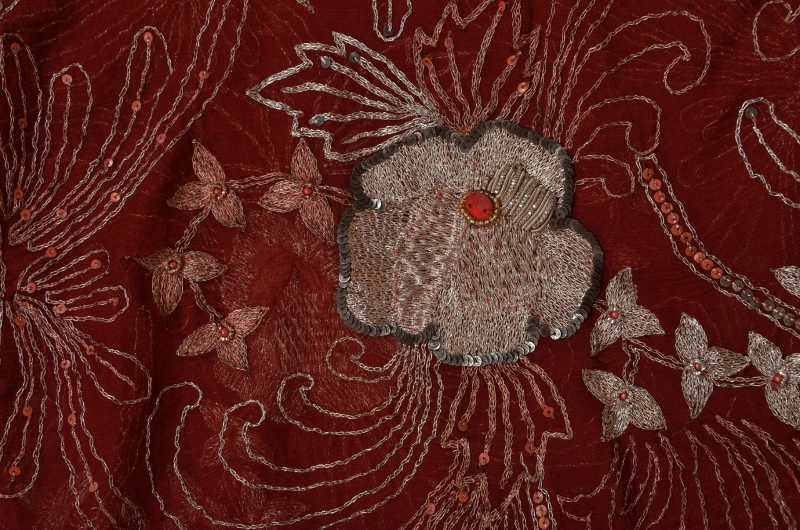===
0233,
16
===

=== |
 |
FWP:
SETS == A,B
MOTIFS == EYES; GAZE
NAMES
TERMS == CONNECTION; PROOFThis is an 'A,B' verse, with its two lines consisting of two grammatically and metaphorically independent statements. The parallel-looking beginning phrases tempt us to juxtapose the lines-- but how, exactly? SRF demonstrates several ways, and one can ring the changes even further (cause and effect, and if so which way? two aspects of the same condition? two similar situations? two opposite situations? a single situation?).
That second line is, to my mind, a real weakness. As SRF observes, in ghazal convention the lover's tangled, troubled, convoluted heart is a 'knot'. So what does it mean to have in the heart another knot, that of the 'longing for sight'? Is it a knot inside a knot? Does the one knot somehow subsume the other? It's the sort of metaphor that defeats the visualizing imagination and becomes purely abstract. We can put up with this if the result is highly rewarding, compelling, mesmerizing. But in this case, the lack of any deep, truly enjoyable connection between the imagery patterns of the two lines means that we don't get nearly enough of a reward to make the effort worthwhile. (SRF gives the verse more credit for its originality than I do.)
This is the kind of thing that Ghalib was very fond of in his youthful, wildly experimental days. Here's an apposite example, from among his unpublished ghazals:
G{190,11x}.